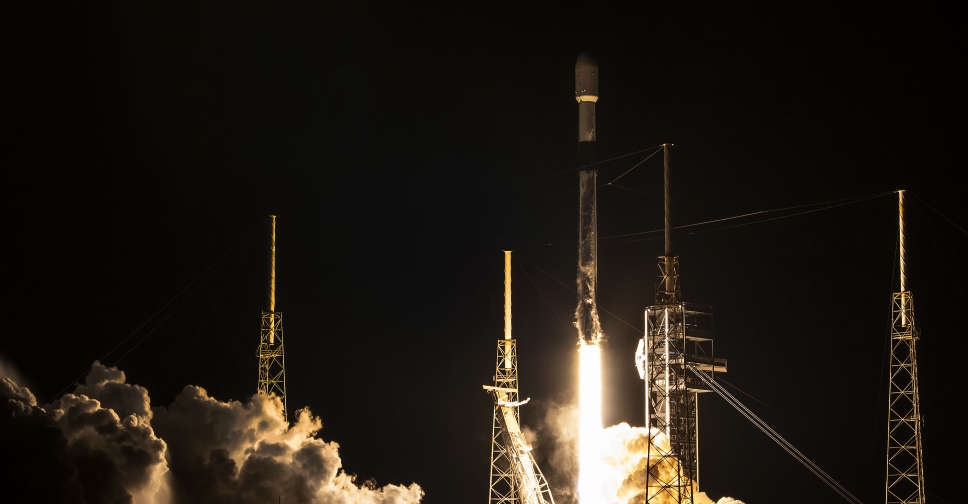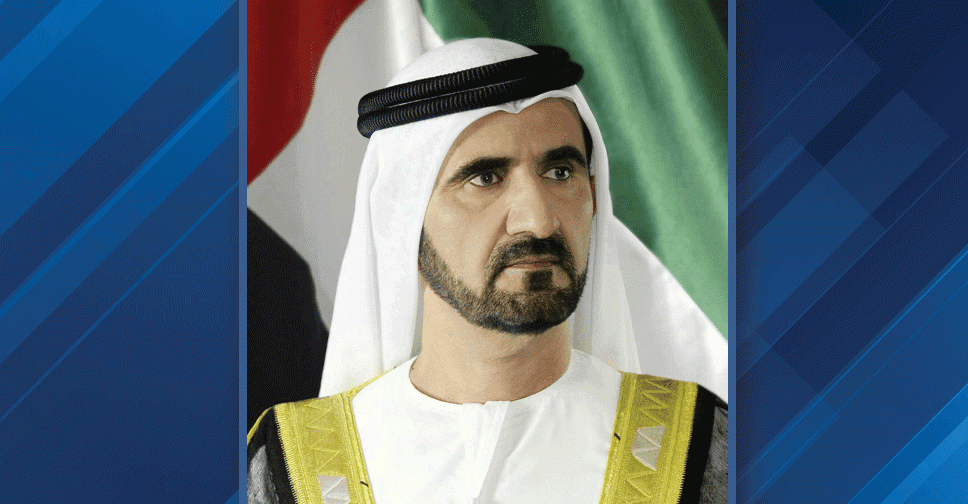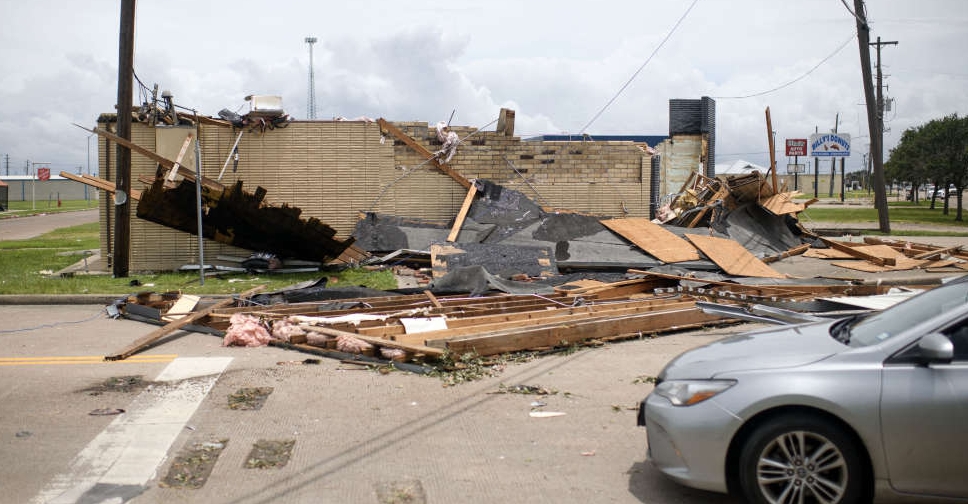
Tropical Storm Beryl brought howling winds and torrential rain to southeast Texas on Monday, killing at least three people, flooding highways, closing oil ports, canceling more than 1,300 flights and knocking out power to more than 2.7 million homes and businesses.
Beryl, the season's earliest Category 5 hurricane on record, weakened from a hurricane after pounding the coastal Texas town of Matagorda with dangerous storm surges and heavy rain before moving across Houston, the US National Hurricane Center (NHC) said. The agency said conditions could spawn tornadoes in Texas, Louisiana and Arkansas.
The storm, which was expected to rapidly weaken as it moved inland, swept a destructive path through Jamaica, Grenada, and St. Vincent and the Grenadines last week. It killed at least 11 in Mexico and the Caribbean and before reaching Texas, Lieutenant Governor Dan Patrick told reporters.
In Texas, a 53-year-old man and a 74-year-old woman were killed in two incidents by trees that fell on their homes in the Houston area on Monday. A third person, a city of Houston employee going to work, drowned in an underpass, Patrick said.
Oil refining activity slowed and some production sites were evacuated in the state that is the nation's biggest producer of US oil and natural gas.
State officials had yet to assess the economic damage as officials remained on a rescue footing while powerful winds continued to blow. Restoring power would take several days, said Thomas Gleeson, chair of the Texas Public Utility Commission.
More than 2,500 first responders were deployed statewide, said Nim Kidd, chief of the Texas Division of Emergency Management.
Following warnings that it could be a deadly storm for communities in its path, people rushed to board up windows and stock up on fuel and other essential supplies.
Before daybreak, strong gusts and torrential rain lashed cities and towns such as Galveston, Sargent, Lake Jackson and Freeport, television video showed. By late morning, many fallen trees blocked roads in Houston as the worst of the storm passed, with persisting winds and some road flooding, rendering lanes on major freeways impassable. The city barricaded flooded areas.
Crews using a life jacket and ladder fire truck rescued a man from a truck on a flooded stretch of freeway, video posted on social media by Houston's local ABC station showed. Patrick said there were several other rescues.
Flood waters exceeded 25 cm across most of Houston, Mayor John Whitmire said.
The storm had strengthened to a Category 1 hurricane as it crossed the warm waters of the Gulf of Mexico before making landfall. But the NHC said it was expected to weaken into a tropical depression overnight and a post-tropical cyclone on Tuesday.
That was still enough to deliver more heavy rain as it moved northeastward from eastern Texas on Monday afternoon, across Arkansas on Tuesday, into the Lower Ohio Valley on Tuesday night, and finally into the Lower Great Lakes on Wednesday, the US National Weather Service said.
The Federal Emergency Management Agency (FEMA) and the US Coast Guard had positioned staff to assist with search and rescue efforts. FEMA also readied water, meals and generators to boost local response efforts, according to the Biden administration.
Schools said they would close as the storm approached. Airlines canceled more than 1,300 flights, and officials ordered a smattering of evacuations in beach towns. Small businesses in Houston, including package delivery services and chiropractors, delayed openings or were closed on Monday.
More than 2.7 million homes and businesses in Texas lost power, according to Patrick and and PowerOutage.us.
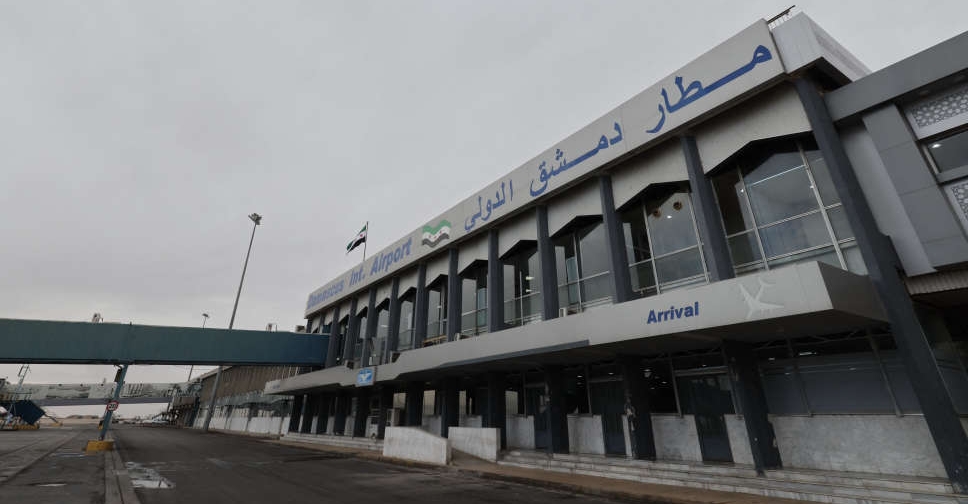 Syria to resume international flights on January 7
Syria to resume international flights on January 7
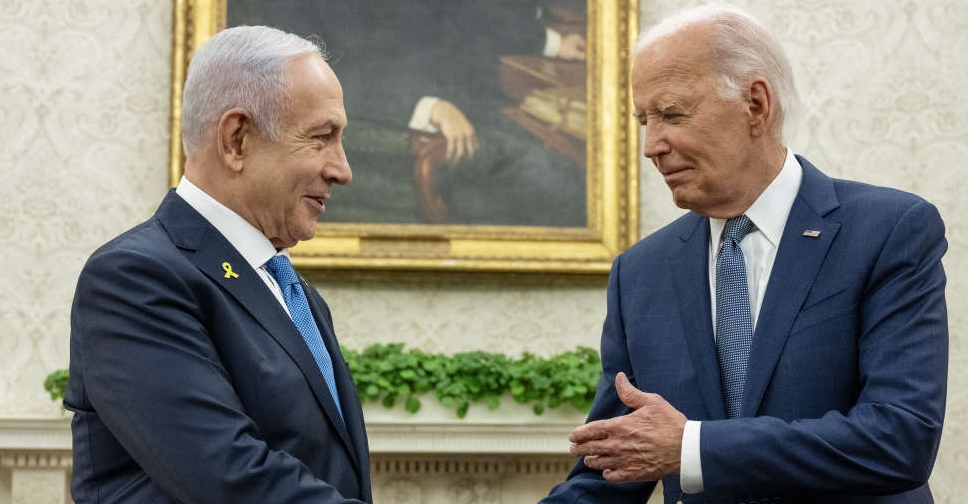 US plans $8 billion arms sale to Israel, US official says
US plans $8 billion arms sale to Israel, US official says
 Poland takes over EU presidency with focus on security
Poland takes over EU presidency with focus on security
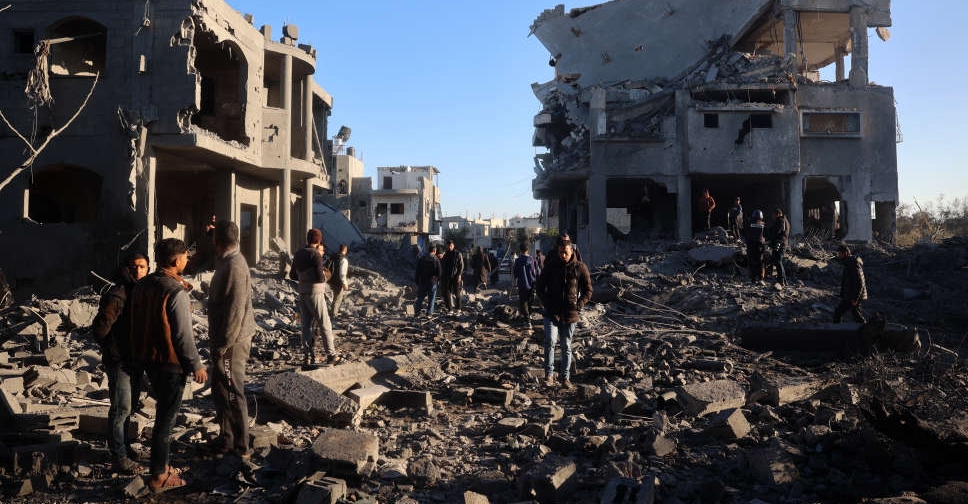 Israeli airstrikes push up Gaza death toll amid new truce push
Israeli airstrikes push up Gaza death toll amid new truce push
 IOM warns of winter's impact on displaced Palestinians in Gaza
IOM warns of winter's impact on displaced Palestinians in Gaza


